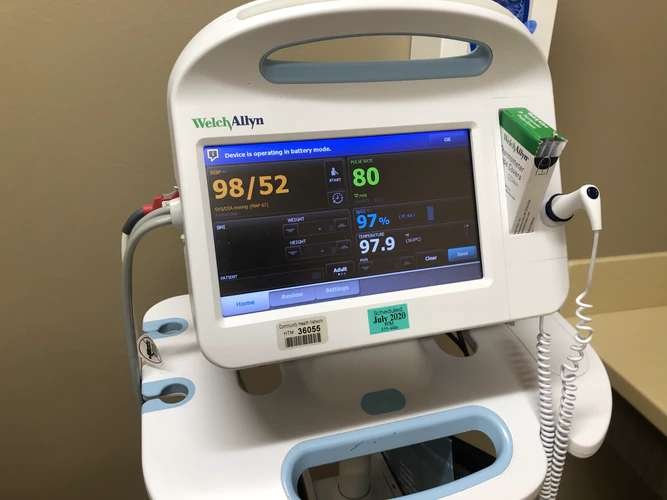Top 5 Magnificent Implants!!

In the present era, medical implants have advanced at an amazing pace. Many new technologies have been used in this field, and operations such as radioactive seed implant, erections being created using hydraulics, plugging of a heart into a wall have been successfully performed. Here are the top 5 exquisite implants being picked. 5. Radioactive Seed Implantation These implants are called brachytherapy. They are used to cure early-stage cancer. This is performed by implanting small-sized radioactive seeds into the prostate using a needle. These seeds emit radioactive radiations, which are similar to external radiations. These emissions attack the tumor. The radiation travels for a short distance and does not affect the prostate region, unlike radiotherapy. 4. Bionic Eye Nowadays, restoring sight can be performed in many ways. One of the most reliable and the best methods for the above operation is the Bionic Eye.













